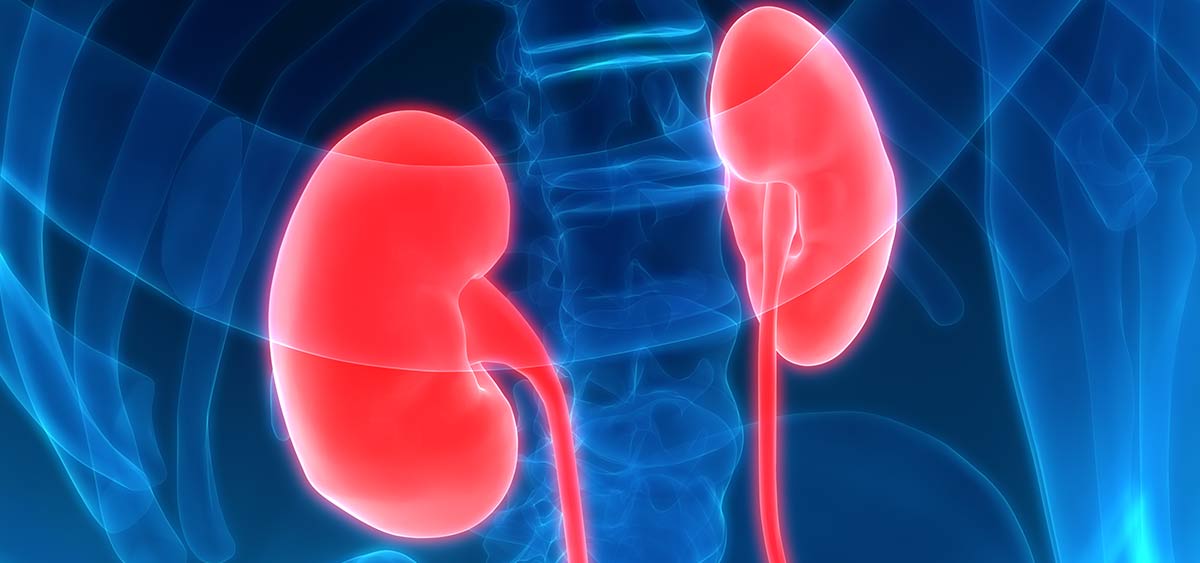
The urologic oncology team at Fox Chase Cancer Center continues to foster important international relationships in its pursuit of optimal surgical strategies for kidney cancer.
The most recent collaboration comes with the October publication of a study in The Journal of Urology. The study examined how the resection technique used during partial nephrectomy might affect perioperative outcomes and surgical margins. While this study was only recently published, this collaborative approach to nephrectomy dates back many years, according to Alexander Kutikov, MD, FACS, Chief of the Division of Urology and Urologic Oncology at Fox Chase.
In 2014, Kutikov met the study’s first author, Andrea Minervini, MD (an Associate Professor of Urology at the University of Florence, Italy), during his travels through Europe, and the two struck up a friendship.
“We talked about how different centers in the United States, Europe, and around the world approached surgical approaches to kidney tumors a little differently, and how everybody thought their approach was the best approach,” Kutikov said. “We decided that instead of arguing about which way was better, we should figure out how to better identify and standardize reporting and then compare results.”
The scientific evaluation of surgical techniques inherently has more challenges than other evidence-based medicine. Approaches to surgery can be influenced by several factors, including surgeon preference and experience, case volume, surgical team experience, surgical equipment, and more.
As one of their first projects, Kutikov and Minervini worked with their teams to develop the Surface-Intermediate-Base (SIB) Margin Score, which attempts to standardize reporting of nephron-sparing surgery resection techniques. These techniques are typically defined as enucleation, enucleoresection, and resection.
To get an SIB score, the surgeon does a visual analysis of the renal mass after partial nephrectomy and assigns a score while in the operating room. For the surface area, a score of 0 is assigned for enucleation and 1 for enucleoresection/resection. For the intermediate and base areas of the tumor, enucleation is given a score of 0, enucleoresection a score of 1, and resection a score of 2.
This score has been validated and shown to correctly discriminate among different resection techniques.
“We were able to show that what the surgeon documented in the OR by observation with the naked eye correlated with what the pathologist saw under the microscope,” Kutikov said.
Years later, studies like the one recently published in The Journal of Urology can now be conducted using these standardized scores to compare outcomes across centers.
“This is the first time we are able to standardize reporting across the world, help surgeons understand what they are actually doing, and compare results,” Kutikov said.
For example, some centers report that they try to avoid enucleation, but these studies have shown that upon closer inspection, enucleation may occur inadvertently.
“Now that we have started documenting what we are doing, our results can become more meaningful,” Kutikov said. “We hope to continue to collaborate across the Atlantic to improve cancer care together.”